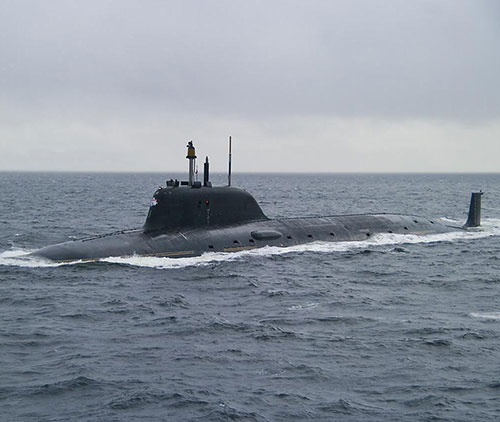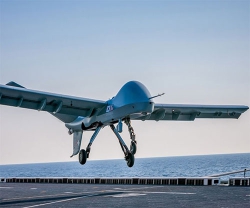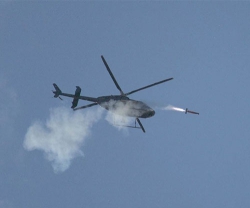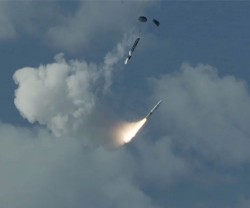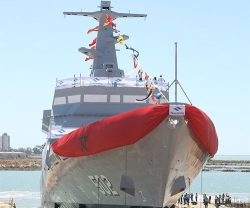The Russian Navy will get over 180 warships and vessels of new Projects under the state armament plan for 2018-2027, Defense Minister Army General Sergei Shoigu said at a recent meeting with Defense Chiefs.
“We will begin today’s meeting with the discussion of the draft program on the development of the moorage space of the Navy’s bases through 2030. In accordance with the 2018-2027 state armament program, the Navy is to get over 180 ships and vessels of new Projects,” the Defense Minister said.
This year alone, 15 warships and combat boats, and also 20 logistics vessels will arrive for the Navy, Shoigu said.
“You face the task of creating modern conditions for the moorage and all types of support for the most advanced Yasen-and Borei-class nuclear-powered missile-carrying submarines, blue-water multirole frigates, warships furnished with long-range precision weapons and other ships and vessels,” the Russian Defense Minister added.
For this purpose, work is underway to reconstruct the existing and build new bases, in particular, in Kaspiysk, for the Caspian Flotilla’s forces, Shoigu said.
The draft armament program is aimed at both reconstructing the moorage places and engineering infrastructure facilities and optimizing the number of moorages, which will considerably cut expenses on their maintenance, the Defense Minister stressed.
“The program has been drafted on the basis of the budget funds allocated to the Defense Ministry and won’t require any additional appropriations," the Defense Minister concluded.
Last month, United Shipbuilding Corporation (USC) said it will provide 16 new combat ships for the Russian Navy this year.
“We are going to deliver to the Navy another 16 top-notch vessels,” USC President Alexei Rakhmanov said.
Earlier, Defense Minister Sergei Shoigu said that the Navy this year was to get seven new combat ships, including four submarines and seven repaired ones.
Furthermore, the Russian Navy plans to operate about 40 Project 12700 mine countermeasures vessels by 2030, Navy Commander-in-Chief Admiral Vladimir Korolyov said at a meeting on surface shipbuilding on Tuesday.
The third newest ship of this series, the Vladimir Yemelyanov, will be floated out until the end of the second quarter of 2019.
The minesweeper is under construction at the Sredne-Nevsky Shipyard in St. Petersburg in northwest Russia. Two more warships of this Project, the Georgiy Kurbatov and the Yakov Balyayev, are at the Shipyard’s slipways featuring a different extent of their readiness.
Russian Navy Shipbuilding Chief Vladimir Tryapichnikov earlier said that the Fleet expected to get 40 Project 12700 fiberglass minesweepers by 2030-2050. The capacities of the Sredne-Nevsky Shipyard allow it to build two minesweepers a year and subsequently three mine countermeasures vessels annually for the Navy.
The Sredne-Nevsky Shipyard is using the most advanced Russian technologies unrivaled in world shipbuilding to construct these minesweepers. The ships of this Project have a unique and the world’s largest hull made of monolith glass-fiber reinforced plastic. The hull weighs considerably less compared to its metal version while its strength increases significantly. This hull is completely unsusceptible to corrosion while its service life is practically unlimited, given compliance with the standards of its operation.
Project 12700 has been developed by the Almaz Central Marine Design Bureau for the Russian Navy. The warships of this type are referred to the new generation of minesweeping forces and are designed to fight sea mines, which the new ships can encounter in the sea and at the seabed without entering the dangerous zone. The minesweepers can employ various sweeps, as well as remotely controlled and autonomous underwater drones to fight mines. The minesweepers of this Project displace 890 tonnes, are 62 meters long and ten meters wide and have a crew of 44 men.

